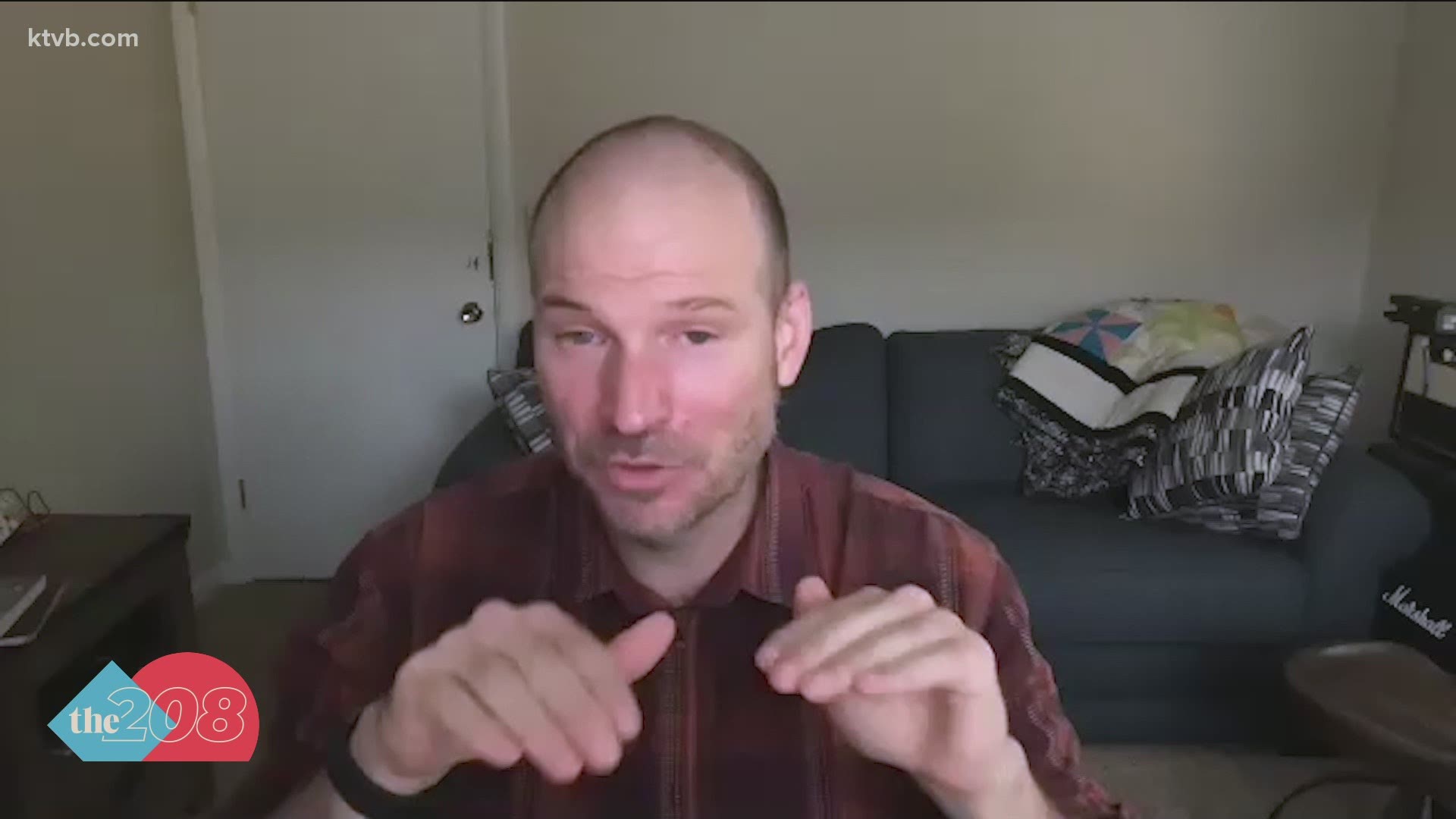MOSCOW, Idaho — In early April, nearly a full month after the first confirmed case of COVID-19 was reported in Idaho, forecast models were being examined.
According to information from a model forecast put out by the University of Washington (UW) Institute for Health Metrics and Evaluation, if Idaho had strictly adhered to social distancing and safety protocols, the number of COVID-19 related deaths would have peaked on April 16.
The first COVID-19 case was reported in Idaho on March 13. The state's first death was reported on March 22 and by April 8, COVID-19 deaths were reported across the state.
On April 8, the model from UW suggested about ten more deaths would be reported by April 16, when deaths were expected to peak. By August 4, 57 Idahoans would have died from COVID-19.
This was predicted in the midst of Idaho's stay-at-home order, which was issued on March 25 and lifted on May 1. On August 4, seven COVID-19 related deaths were reported and the actual statewide total jumped to 214.
Shortly after sharing those April 8 numbers, the University of Idaho revealed they were working on a model forecast of its own. In fact, it was being used in the Governor's office to decide how to reopen the state in phases.
In mid-June, KTVB spoke with one of the mathematicians working on that model about how their model was projecting the pandemic would play out in the Gem State.
Back then, on June 22, Idaho was reporting about 4,100 COVID-19 cases and 89 deaths. On Thursday, that state reported 56,600 cases and 560 deaths.
Dr. Ben Ridenhour, from the U of I math department, is working on the model and said a spike that large was somewhat expected by their model. They expected to see a jump in cases during the summer, but the recent spike is a bit of a surprise.
"The only thing that we've really changed over the last couple of months is that we allowed schools to reopen," Ridenhour said. "The biggest surprise to me is how much you see that third wave, I guess you want to call it."
As those COVID-19 numbers climb, so does the number of people hospitalized with the virus. This is illustrated in the model graph showing what has happened since March in Idaho.
The model shows at this period of time that hospitalizations should be declining. However, Idaho's case numbers are going up.
"I think the hope here is that the model shows maybe we're going to see a downward trend in hospitalizations. Part of that is predicated on this being a wave that is happening primarily in younger people and that it is also somewhat driven by school reopening," Ridenhour said. "So once we get through that new pile of susceptible people that are getting COVID, we should see start seeing that downward trend again."
Ridenhour is optimistic that Idaho will begin to see a downward trend soon. He has noticed cases increasing and decreasing in a seesaw-like pattern, and right now, Idaho is near the tipping point that is driving up cases again.
"Every time we do something that increases social contact, that's going to drive one of these peaks and we're going to get there," he said. "So we'll see a peak, we'll sort of burn through that and we'll get back down to this little tipping point, everyone is going to feel good, and we'll do something again, and we'll get another peak. So it's a little frustrating in that regard."
Join 'The 208' conversation:
- Text us at (208) 321-5614
- E-mail us at the208@ktvb.com
- Join our The 208 Facebook group: https://www.facebook.com/groups/the208KTVB/
- Follow us on Twitter: @the208KTVB or tweet #the208 and #SoIdaho
- Follow us on Instagram: @the208KTVB
- Bookmark our landing page: /the-208
- And we also turn each episode into a podcast on Spotify or Podbeam
- Still reading this list? We're on YouTube, too:

